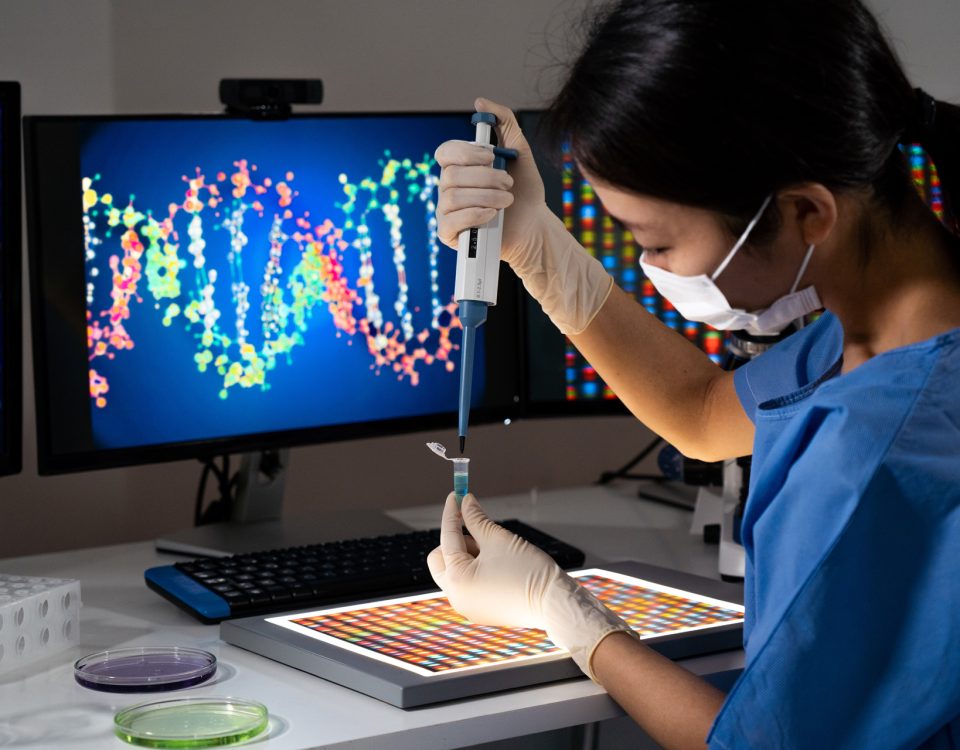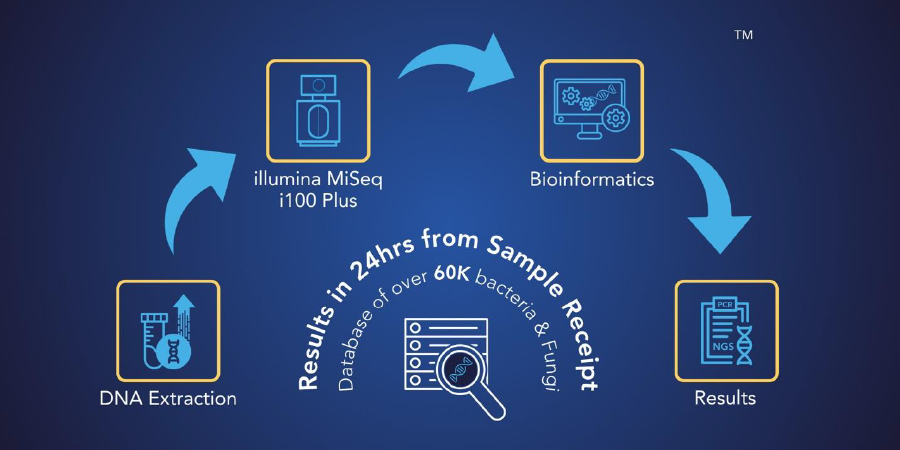Bacteria are ubiquitous in the environment, and a subset of them are pathogenic to humans, potentially causing serious and even fatal infections.1 Bacterial infections are associated with a high public health burden, and their treatment poses serious challenges. Researchers continue to discover new pathogenic bacterial species and variants, such as the causative pathogens of Legionnaire’s disease and Lyme disease, which were identified in the 1970s.1 Moreover, the number of immunosuppressed individuals, who are especially vulnerable to opportunistic infections, is increasing in communities, in part due to the use of immunosuppressive medications and the acquired immunodeficiency syndrome (AIDS).1
However, scientists have achieved great progress in the therapy of bacterial infections. A wide range of antimicrobial agents (antibiotics) have been developed, which have greatly improved infections’ outcomes. Nevertheless, the overuse of antibiotics has also spread among communities and is associated with serious risks.
Risks Associated With Overuse of Antibiotics
Research studies have shown that the overuse and misuse of antibiotics have reached concerning levels. A study that analyzed ambulatory antibiotic prescriptions in the United States during 2010–2011 found an estimated annual antibiotic prescription rate of 506 per 1000 population; however, only an estimated 353 antibiotic prescriptions among them were evaluated as likely appropriate, highlighting the need to improve the patterns of antibiotic prescription and use.2
The most important risk associated with antibiotic overuse is the acceleration of antibiotic resistance. Even though antibiotic resistance may emerge as a natural phenomenon, its association with antibiotic overuse has been demonstrated clearly.3 In turn, antibiotic resistance leads to the emergence of multidrug-resistant bacterial strains that are difficult or impossible to treat.
Indeed, a number of infections have become more difficult to treat due to the emergence of multidrug-resistant bacteria, including pneumonia, tuberculosis, salmonellosis, and gonorrhea.4 Thus, optimizing antibiotic prescription practices and use in order to hinder the development of antibiotic resistance is an important public health priority.
The Widespread Consequences of Antibiotic Resistance
The consequences of antibiotic resistance for public health are severe and include elevated mortality, increased medical costs, and prolonged hospital stays.4 For example, according to the Center for Disease Control’s (CDC) Antibiotic Resistance Threats in the United States 2019 report, each year there are over 2.8 million antibiotic-resistant infections and over 35,000 antibiotic resistance-associated deaths in the United States.5
Moreover, a large cohort study on six common nosocomial, multidrug-resistance pathogens found that they were associated with substantial healthcare costs. When the findings were extrapolated to the national level, the annual cost related to these six multidrug-resistant pathogens in the United Stated reached $4.6 billion.6
The Urgent Need to Combat the Development of Antibiotic Resistance
The serious consequences associated with antibiotic resistance highlight the need to combat its development. Achieving this goal requires a comprehensive strategy, including improving the way in which antibiotics are prescribed and used, promoting a behavioral change in patients, and conducting reliable pathogen diagnostic testing and antibiotic resistance testing.
Reliable Microbiological Diagnosis Using qPCR + Next Generation Sequencing
qPCR + NGS is an innovative strategy for rapid, cost-effective, and reliable identification of bacterial, mycobacterial, and fungal pathogens. It is especially valuable in cases, in which traditional techniques for pathogen identification fail, including after an antimicrobial treatment and for the diagnosis of fastidious microorganisms.
At MicroGenDX, we match the findings of qPCR + NGS to our curated database, which includes more than 50,000 microbial species. This approach enables us to identify all potentially pathogenic microbial taxa and their clinically relevant distribution in the tested samples within 3.5 days. The sensitivity of qPCR + NGS is higher than that of microbial cultures, rendering qPCR + NGS an ideal complementary tool for the diagnosis of high-risk infections. Notably, the findings of qPCR + NGS should be interpreted in combination with patients’ symptoms, companion diagnostic tests, and medical history to identify the most appropriate diagnosis and treatment.
MicroGenDX’s Innovative qPCR + NGS Technology Provides Reliable Information Regarding Antibiotic Resistance
We also provide antibiotic resistance information based on testing for up to 17 resistance genes for all major antibiotic classes. Antimicrobial resistance genes demonstrate the resistance potential of microorganisms in the tested sample, indicating the effects of which antimicrobial agents would be decreased as a result.
Based on these findings, we deliver research-based antimicrobial recommendations for all detected species. Our antimicrobial recommendations are in accordance with the Sanford and Johns Hopkins Guides that promote de-escalation and minimize infection recurrence.
In addition, our antibiotic resistance findings and antimicrobial recommendations guide specific antimicrobial treatment. Thus, they help mitigate the risk of antimicrobial resistance associated with empirical treatment and enable healthcare providers to reduce treatment duration and to avoid unnecessary, recurrent courses of multiple antimicrobials.
The Unique Expertise of MicroGenDX’s Diagnostic Laboratory
MicroGenDX’s state-of-the-art molecular diagnostic laboratory is CLIA-licensed and CAP-accredited. We have processed over 500,000 qPCR + NGS samples over the course of 12 years and have been a trusted research partnership lab to the United States Food and Drug Administration (FDA), CDC, and National Aeronautics and Space Administration (NASA). Our proprietary bioinformatics system and curated database enable us to precisely detect pathogens with high levels of sensitivity and specificity as well as to provide reliable information on antibiotic resistance and recommendations for antimicrobial treatment.
To learn more about MicroGenDX’s innovative microbial testing platform and to discuss your project with our expert team, visit microgendx.com today!
References
- Doron S, Gorbach SL. Bacterial infections: Overview. International Encyclopedia of Public Health. 2008;273–282. doi: 10.1016/B978-012373960-5.00596-7.
- Fleming-Dutra KE, Hersh AL, Shapiro DJ, Bartoces M, Enns EA, File TM Jr, Finkelstein JA, Gerber JS, Hyun DY, Linder JA, Lynfield R, Margolis DJ, May LS, Merenstein D, Metlay JP, Newland JG, Piccirillo JF, Roberts RM, Sanchez GV, Suda KJ, Thomas A, Woo TM, Zetts RM, Hicks LA. Prevalence of inappropriate antibiotic prescriptions among US ambulatory care visits, 2010-2011. 2016;315(17):1864–1873. doi: 10.1001/jama.2016.4151.
- Flasche S, Atkins KE. Balancing benefits and risks of antibiotic use. J Infect Dis. 2018;218(9):1351–1353. doi: 10.1093/infdis/jiy344.
- World Health Organization (WHO). Antibiotic resistance. Available online: https://www.who.int/news-room/fact-sheets/detail/antibiotic-resistance. Last updated: July 31, 2020. Accessed: April 13, 2022.
- Center for Disease Control (CDC). Antibiotic resistance threats in the United States, 2019. Atlanta, GA: U.S. Department of Health and Human Services, CDC; 2019.
- Nelson RE, Hatfield KM, Wolford H, Samore MH, Scott RD, Reddy SC, Olubajo B, Paul P, Jernigan JA, Baggs J. National estimates of healthcare costs associated with multidrug-resistant bacterial infections among hospitalized patients in the United States. Clin Infect Dis. 2021;72(Suppl 1):S17-S26. doi: 10.1093/cid/ciaa1581.



